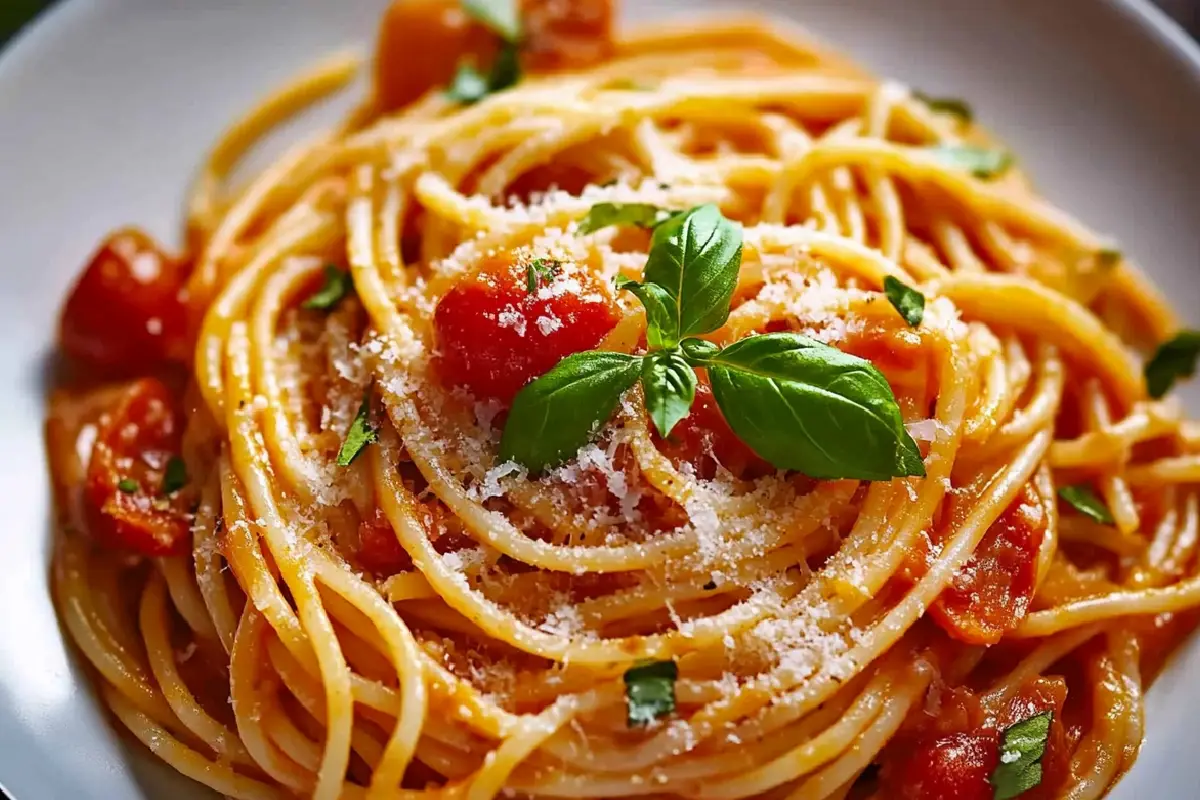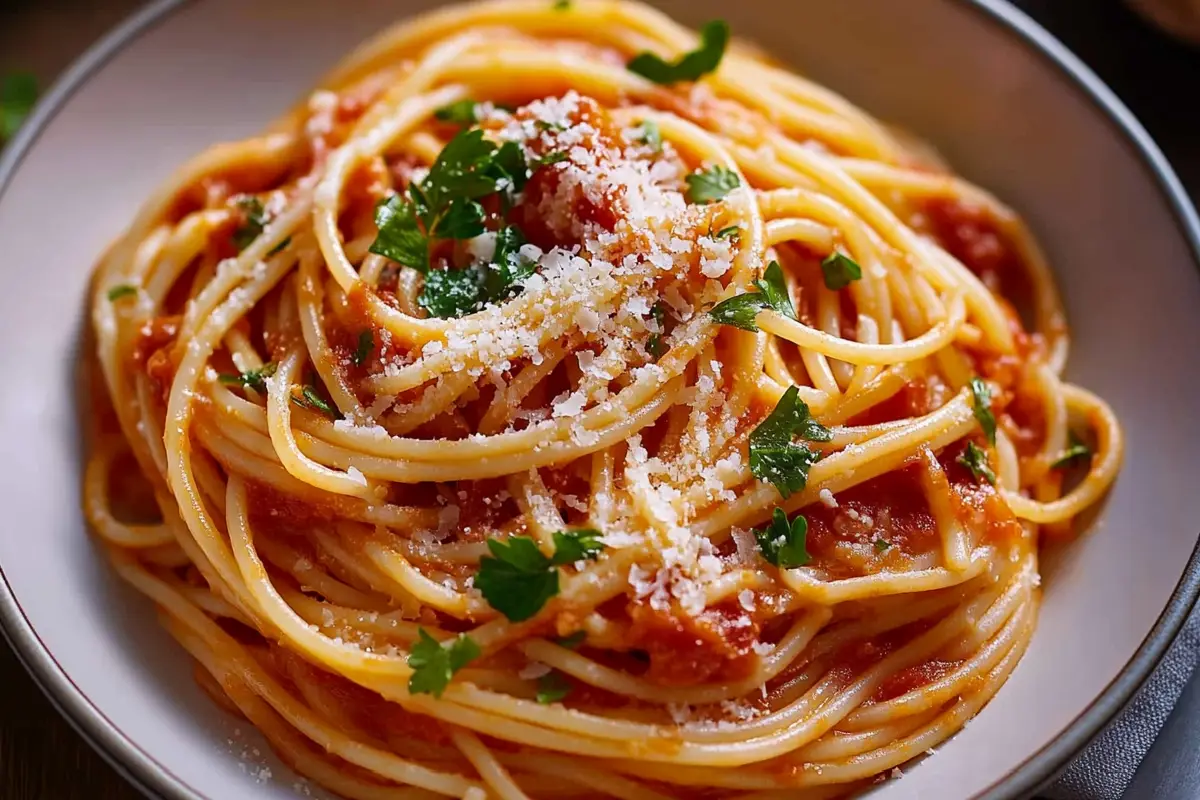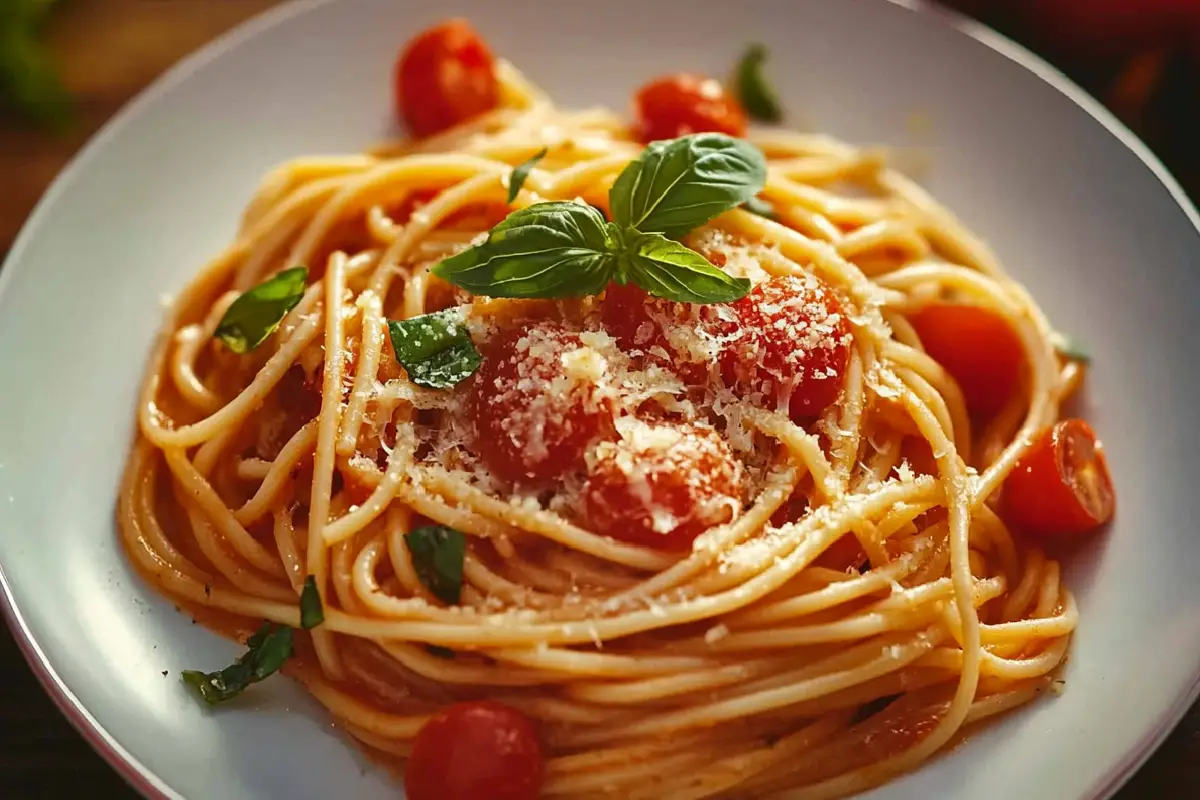Sophia Loren, one of Italy’s most celebrated actresses, is equally admired for her profound love of pasta. Her passion for food is well-documented, and she famously once said, “Everything you see I owe to spaghetti.” While the quote reflects her witty charm, it also points to a deeper cultural connection between Italian cuisine and identity. Through her simple yet delicious recipes, Loren embodies the heart of Italian home cooking.
In this article, we’ll delve into how you can recreate some of Sophia Loren’s most iconic pasta dishes in your own kitchen. We’ll not only explore how to make Spaghetti al Limone, Pasta al Forno, and Bucatini alla Carbonara, but also dive deeper into the cultural significance and techniques that make Italian cooking so special. As we progress, you’ll see why Sophia Loren’s recipes have endured as beloved classics.
For anyone seeking a broader understanding of the culinary world that inspired her, exploring this cheesy mashed potatoes recipe can offer insights into how simplicity in ingredients leads to complexity in flavor, a key tenet of Loren’s cooking.
How to Make Sophia Loren Pasta: The Influence of Italian Pasta on Her Cooking
The Italian kitchen revolves around one staple: pasta. Whether it’s the silky strands of spaghetti or the hearty tubes of rigatoni, pasta is a symbol of Italian tradition and a versatile base for a wide array of dishes. Sophia Loren grew up in Naples, where food is a central part of daily life. In Naples, the Mediterranean diet reigns supreme, and ingredients like olive oil, tomatoes, basil, and cheese are a cornerstone of the local cuisine.
It’s this simplicity—taking a few high-quality ingredients and transforming them into something magical—that makes Italian food so globally beloved. Loren’s recipes often start with the same ingredients but build into unique and unforgettable meals. Spaghetti al Limone is a perfect example of this ethos: with just a few fresh ingredients, you create a dish bursting with flavor.
To further explore how seemingly basic ingredients can be elevated, try out this recipe for tangy deviled eggs with relish, which, like Loren’s pasta, demonstrates the Italian approach of “less is more.”
How to Make Sophia Loren Pasta with Fresh Ingredients in Italian Cooking

One of the key components in making any of Sophia Loren’s dishes, or any authentic Italian dish for that matter, is the quality of the ingredients. Italian cuisine focuses on fresh, seasonal ingredients that are often sourced locally. For instance, ripe tomatoes, fresh herbs, and extra-virgin olive oil are some of the most common staples, and you can’t replicate the flavors without them.
When recreating Loren’s pasta dishes, using fresh produce is critical. Avoid overly processed or canned ingredients if you want to achieve the full depth of flavor that makes these dishes stand out. For example, in Spaghetti al Limone, the zest and juice of fresh lemons are essential for achieving that bright, tangy taste.
In many ways, cooking like Sophia Loren isn’t just about following recipes; it’s about adopting an Italian approach to food. Respecting the ingredients and handling them with care is part of the culinary journey. This philosophy doesn’t just apply to pasta but to everything in Italian cooking—from antipasti to desserts.
How to Make Sophia Loren Pasta: Signature Dishes
Sophia Loren’s collection of pasta recipes represents the soul of Italian cuisine. Some of her most famous pasta dishes showcase simple ingredients turned into extraordinary meals. These are recipes you can easily recreate at home to get a taste of Italy:
- Spaghetti al Limone: A lemony pasta dish that’s light, fresh, and quick to prepare.
- Bucatini alla Carbonara: A creamy and indulgent Roman classic featuring eggs, pancetta, and Pecorino Romano.
- Pasta al Forno: A baked pasta dish that combines layers of sauce, cheese, and sometimes béchamel.
- Pasta e Fagioli: A hearty pasta and bean soup, a staple in Italian households.
- Penne alla Puttanesca: A robust dish featuring tomatoes, olives, capers, and anchovies for a savory, briny flavor.
Each of these dishes reflects a different aspect of Italian regional cooking, from the coastal influences of Spaghetti al Limone to the hearty, comforting flavors of Pasta al Forno.
Recipe: Spaghetti al Limone
One of the most iconic dishes associated with Sophia Loren is Spaghetti al Limone. This dish uses just a handful of ingredients, yet delivers a punch of flavor. It’s the perfect example of how Italian cuisine relies on simplicity and fresh ingredients to create something special.
Ingredients:
- 400g spaghetti
- 2 large lemons (zest and juice)
- ½ cup grated Parmesan cheese
- ½ cup extra virgin olive oil
- Fresh basil for garnish
- Salt and pepper to taste
Instructions:
- Cook the spaghetti in a large pot of salted boiling water until al dente.
- While the pasta cooks, whisk together the lemon zest, juice, olive oil, and Parmesan in a large bowl.
- Drain the pasta and immediately toss it with the lemon mixture, allowing the heat from the pasta to melt the cheese and form a creamy sauce.
- Season with salt and pepper, garnish with fresh basil, and serve.
This dish is light and perfect for summer, though its brightness can be appreciated year-round. To experiment with variations, try adding a pinch of red pepper flakes for heat or a splash of cream for extra richness. However, it’s important to remember that the beauty of this dish lies in its minimalism. The fewer ingredients you use, the more each one stands out.
How to Make Sophia Loren Pasta: Bucatini alla Carbonara
Bucatini alla Carbonara is a dish that exemplifies the bold flavors of Roman cuisine. In contrast to the lemony lightness of Spaghetti al Limone, Carbonara is rich and creamy, yet doesn’t rely on heavy cream. The sauce is created by tossing hot pasta with a mixture of eggs and cheese, which coats the noodles in a luxurious texture.
Ingredients:
- 300g bucatini pasta
- 150g pancetta, diced
- 2 large eggs
- 1 cup Pecorino Romano cheese, grated
- Freshly ground black pepper
Instructions:
- Cook the pasta in salted water until al dente.
- Fry the pancetta in a pan until it’s crispy and set aside.
- In a large bowl, whisk together the eggs and grated Pecorino Romano cheese.
- Drain the pasta and immediately toss it with the egg mixture, allowing the heat of the pasta to gently cook the eggs and create a creamy sauce.
- Mix in the pancetta and season with plenty of freshly ground black pepper.
The key to a perfect Carbonara is mastering the technique of cooking the eggs with residual heat from the pasta. Be careful not to scramble the eggs—this would ruin the smooth, creamy texture that makes Carbonara so special.
This dish has grown in popularity worldwide, but authentic versions stay true to the original recipe, avoiding any use of cream. It’s all about the delicate balance between eggs, cheese, and the salty bite of pancetta.
Pasta al Forno: A Baked Comfort Dish
Pasta al Forno, or baked pasta, is the Italian equivalent of a casserole. It’s a dish made for feeding a crowd or enjoying leftovers for days. While the ingredients may vary depending on the region or the household, the basic structure remains the same: pasta, sauce, cheese, and sometimes meat or vegetables, baked together until golden and bubbly.
Ingredients:
- 500g penne pasta
- 2 cups of tomato sauce (try making your own from fresh tomatoes)
- 200g mozzarella cheese, shredded
- 100g Parmesan cheese, grated
- Béchamel sauce (optional)
Instructions:
- Preheat the oven to 375°F (190°C).
- Cook the pasta until slightly underdone, as it will continue cooking in the oven.
- In a large bowl, toss the pasta with your prepared tomato sauce.
- Layer the pasta in a baking dish, alternating with mozzarella and béchamel if you’re using it.
- Top the dish with Parmesan and bake for 25-30 minutes until the top is golden and bubbly.
While simple in its structure, Pasta al Forno is infinitely customizable. Add some sautéed vegetables or cooked sausage for additional flavor and texture. Some recipes even call for breadcrumbs on top for extra crunch.
Pasta e Fagioli: The Italian Comfort Soup
No discussion of Sophia Loren’s favorite dishes would be complete without mentioning Pasta e Fagioli, a humble yet deeply satisfying dish. Known as pasta and bean soup, this recipe has its roots in Italy’s peasant cuisine, where nothing was wasted, and meals were hearty enough to sustain hard-working families. Over time, it has become an Italian classic and a go-to for many home cooks during colder months.
Ingredients:
- 200g small pasta (like ditalini or elbow macaroni)
- 1 can of cannellini beans, drained and rinsed
- 1 onion, finely chopped
- 2 cloves garlic, minced
- 1 can of diced tomatoes
- 4 cups vegetable broth
- 2 tablespoons olive oil
- Fresh parsley for garnish
- Salt and pepper to taste
Instructions:
- Heat the olive oil in a large pot and sauté the onion and garlic until softened.
- Add the diced tomatoes and cook for 5 minutes.
- Pour in the vegetable broth and bring to a simmer.
- Stir in the pasta and beans, cooking until the pasta is al dente.
- Season with salt and pepper, garnish with fresh parsley, and serve hot.
This dish is perfect for a cozy family dinner, especially when served with crusty bread to soak up the broth. It’s simple, nutritious, and, like many Italian recipes, relies on the quality of the ingredients to elevate its flavor.
How to Make Sophia Loren Pasta: Frequently Asked Questions

What makes Sophia Loren’s pasta dishes so special?
Sophia Loren’s pasta dishes focus on traditional Italian flavors and techniques. They emphasize simplicity—using just a few high-quality ingredients to create meals that are flavorful, satisfying, and accessible to everyone.
Can I make these recipes gluten-free?
Yes! All of these recipes can be adapted by simply swapping the regular pasta for a gluten-free alternative. Thankfully, gluten-free pasta has come a long way and can closely mimic the texture and taste of traditional pasta.
Where can I learn more about Sophia Loren’s cooking?
Sophia Loren has published several cookbooks over the years, including In the Kitchen with Love, which provides personal stories and her favorite recipes. You can also explore her favorite food techniques through various online resources dedicated to Italian cuisine.
Are there vegan options for these dishes?
You can easily adapt most of these recipes to a vegan diet by substituting cheese with plant-based alternatives and omitting any meat or pancetta. Olive oil remains a staple for adding richness in place of animal fats.
By following these recipes and tips, you can bring the warmth of Italian home cooking into your own kitchen, just as Sophia Loren intended. Whether you’re whipping up a zesty plate of Spaghetti al Limone or indulging in the creamy decadence of Bucatini alla Carbonara, her dishes are bound to bring joy to your table. With an emphasis on fresh ingredients and simple techniques, these recipes are approachable yet impressive, proving that sometimes, less truly is more. Buon Appetito!

